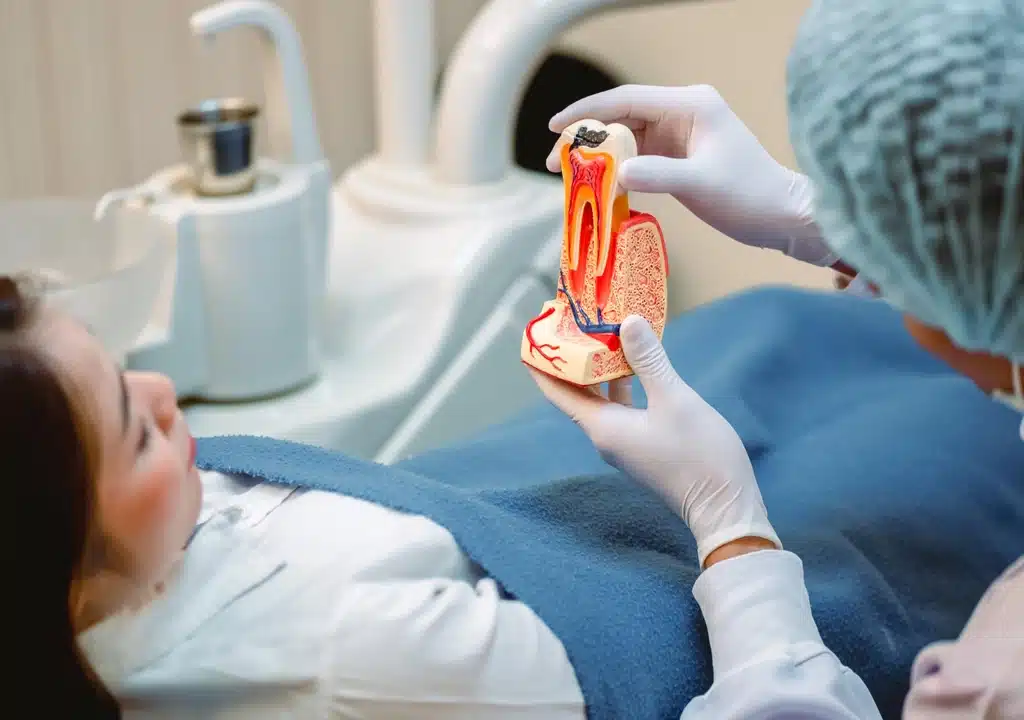A root canal isn’t a fear to flee from but a therapeutic ally, a necessary step to preserving your precious smile. This gentle guide is your reassuring companion on a journey to understanding how a root canal can be the hero of your oral health rather than the villain it is often mistaken for.
- (519) 641-1411

